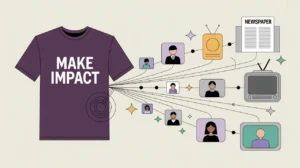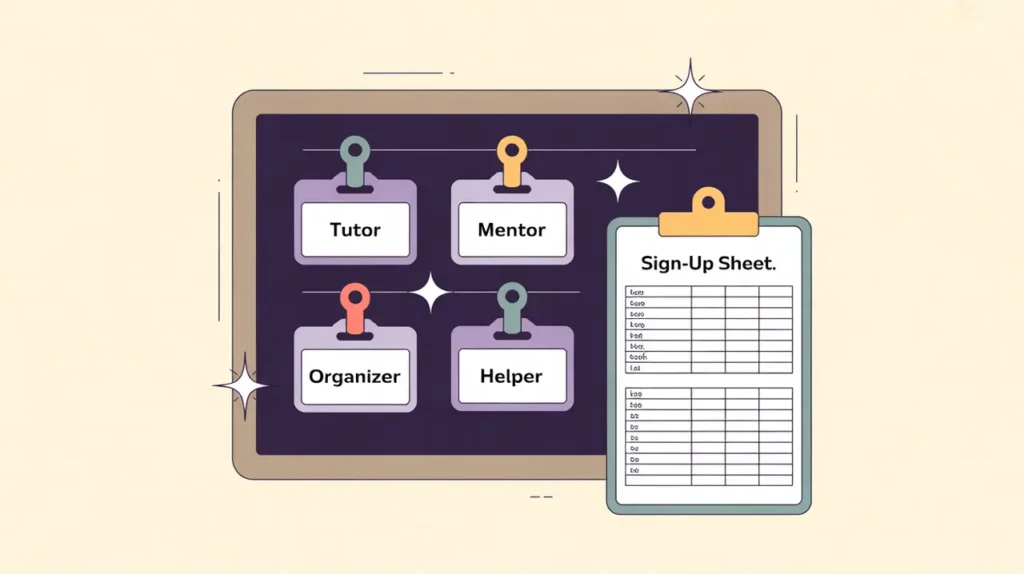What Does Workplace Culture Involve?
Workplace culture is the shared patterns of behavior, values, norms, and expectations that shape how people actually work together. It is the invisible architecture that governs how decisions are made, how conflict is handled, how failures are treated, and what gets prioritized beyond formal policies. A strong culture aligns daily behavior with mission, builds psychological safety, and holds people accountable to shared standards.
In practice, workplace culture manifests in everyday routines: how meetings start and end, how feedback is delivered, how mistakes are treated, who speaks up and is heard, how recognition occurs, and how inclusive relationships are built. Leaders set norms by modeling behaviors, reinforcing desired actions, and correcting misalignments. Culture is lived, not dictated.
When nonprofits neglect culture, dysfunctions creep in. This includes burnout, silence, mistrust, cliques, inconsistent decisions, and mission drift. A healthy culture strengthens cohesion, supports adaptability, retains staff, and sustains impact over time.
What Competencies Are Associated with This Role?
Creating and sustaining culture requires empathy, consistency, and systems thinking. Competencies include:
- Defining and socializing core values and norms
- Modeling and reinforcing desired behaviors
- Listening and surfacing hidden tensions or norms
- Designing rituals, practices, and touchpoints (onboarding, all-staff, recognition)
- Facilitating feedback loops and conflict resolution
- Holding culture audits and pulse checks
- Aligning structural incentives (reward, promotion) with culture
- Managing transitions and culture change
- Coaching and mentoring to shape norms
- Embedding culture thinking into strategy, operations, and leadership
How Might AI and Automation Help This Role?
While culture is fundamentally human, tech can support awareness and alignment. Possible uses include:
- Pulse surveys and sentiment analysis with natural language tools
- Tools that map informal networks and collaboration patterns
- Automated reminders or nudges reinforcing rituals or behaviors
- Generative AI to draft internal culture guides, norms, or scenarios
- Monitoring communication channels for tone shifts or warning signals
- Virtual culture training modules and simulations
- Dashboards that track cultural metrics (turnover, engagement, feedback rates)
What Are the Roles by Experience Level?
Roles evolve from cultural project support through strategic leadership:
- Entry: Culture Coordinator, Engagement Assistant – support rituals, assist staff feedback, maintain culture documentation
- Mid: Culture Officer, Organizational Development Specialist – design rituals, lead feedback forums, coach staff
- Senior: Culture Lead, Organizational Development Manager – oversee culture strategy, change initiatives, integrate culture with HR and leadership
- Executive: Director of Culture, Chief People Officer – own culture vision, ensure it scales, embed in leadership practice
How Transferable Are the Skills from This Role?
Culture skills translate widely beyond the nonprofit sector. In any organization, the ability to shape shared norms, align behavior with mission, listen to disconnects, and evolve culture amid growth is critical. These skills connect to roles in HR, organizational development, change management, and executive leadership.







